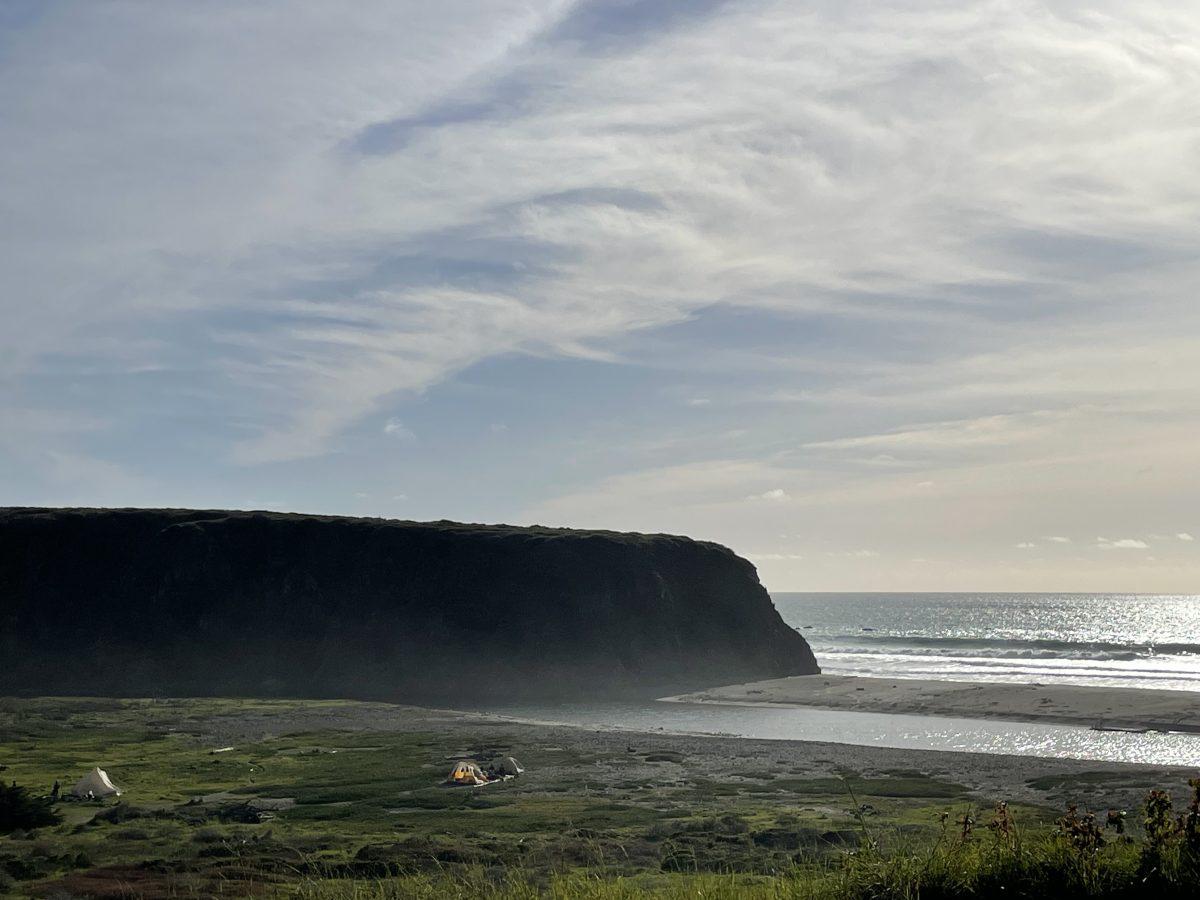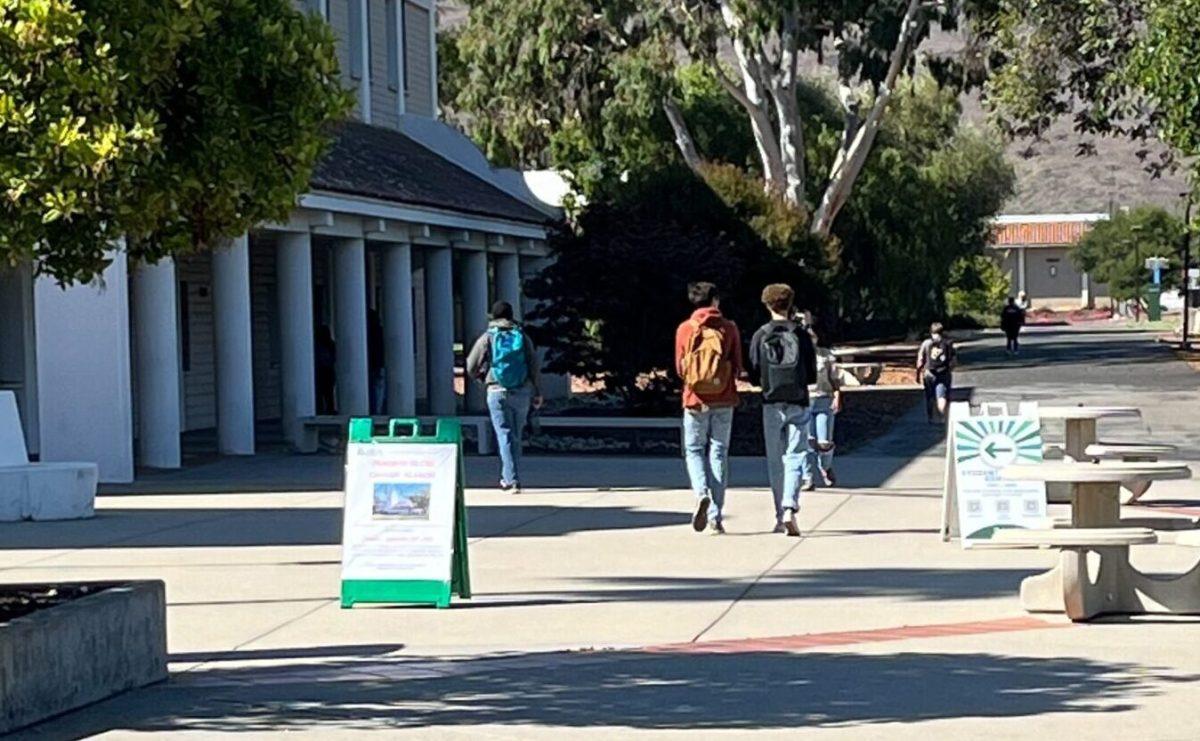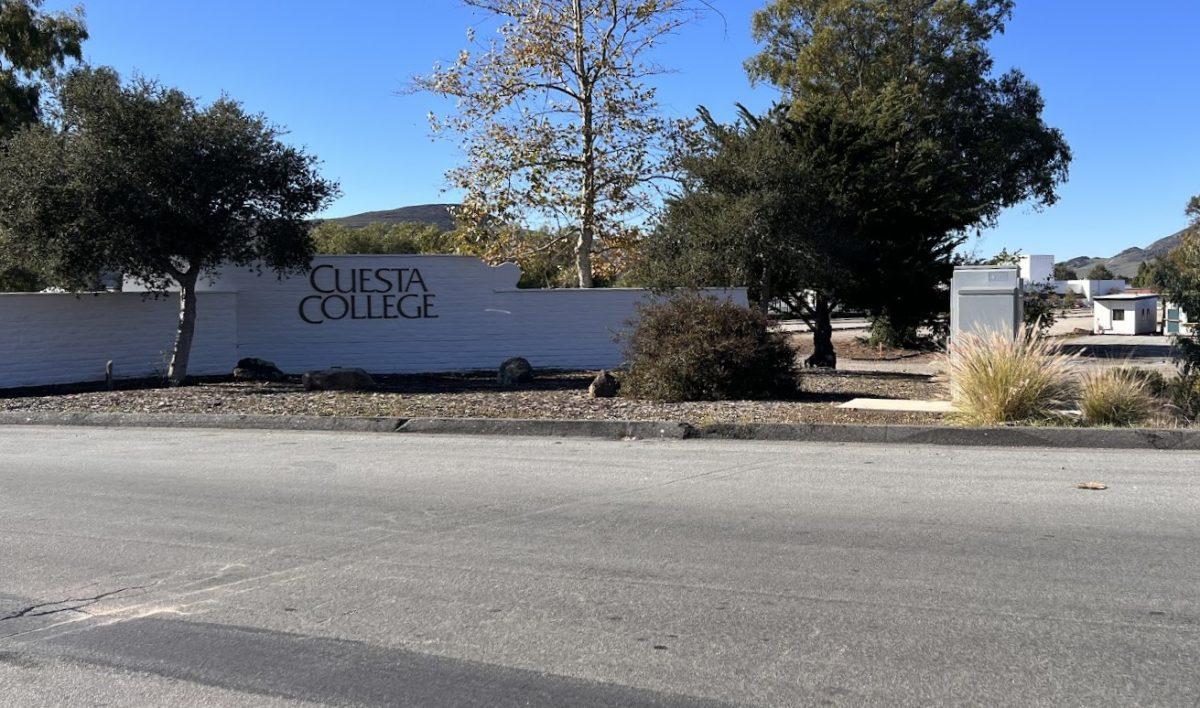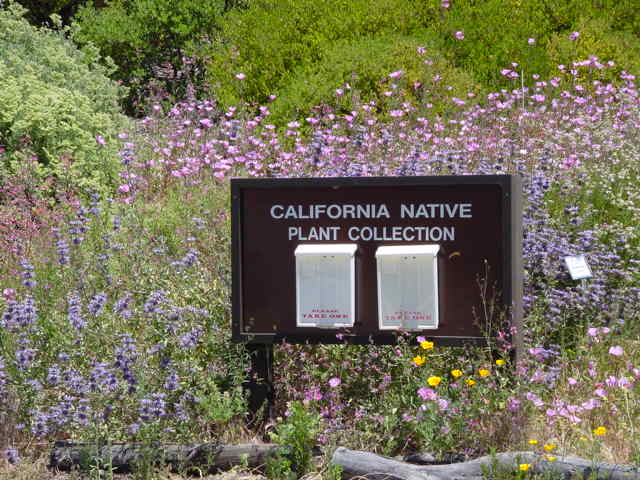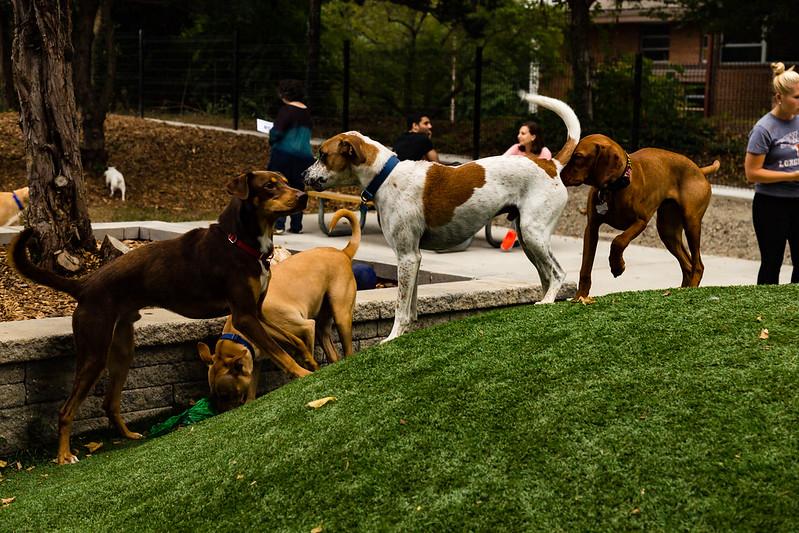College students in SLO are about to lose overnight access to one of their favorite free camping spots due to environmental concerns.
The proposal, initiated by the United States Forest Service, recommends a two-year ban on overnight camping and campfires at San Carpoforo Creek Beach.
San Carpoforo is located at the southern end of Big Sur in San Luis Obispo County. It offers public access to about a half-mile of shoreline.
“San Carpoforo. Some consider it the southern-most tip of Big Sur,” writes Marya, a Central Coast photographer. “Vast. Wide. Big. Gorgeous waves. Gorgeous beach. Driftwood city. Sea anemone paradise. I love this beach. I love this beach. I love this beach.”
Los Padres National Forest law enforcement officer Jon Ares noted a substantial usage increase at this beach since the start of COVID due to the recreation boom that resulted from the pandemic.
Ares recognized that San Carpoforo has become one of the last available Big Sur spots to camp for free due to road closures. A landslide named Paul’s Slide, located approximately 30 miles north of San Carpoforo, has created a closure on Highway 1 since January 2023. This restricts access to anything north of Limekiln State Park, which is also currently closed. All of the backcountry roads south of Paul’s Slide are also gated.
“Previous to Paul’s Slide, it was already on the radar but it wasn’t like, ‘We need to solve this now,’” Ares said. “Now we are getting, from what used to be six cars parked along the highway on a summer weekend, to an average of 20 to 30 cars on a summer weekend. Over a summer holiday weekend last year, there were over 50 cars lining the highway on both sides.”
Passers-by might also see the beach itself covered in people, dogs, tents and campfires.
The issue lies in the fact that there is no infrastructure in place at San Carpoforo: No official parking spots, no bathrooms, no campfire rings and no trash cans.
On March 14, the California Coastal Commission held a hearing regarding the proposal, which includes a 2019 study issued by Resolute Associates LLC as part of its exhibits. The commission conditionally concurred with the temporary ban.
“San Carpoforo Beach should be afforded the same protections against the negative impacts of campfires, overnight camping, pets, and unregulated human activities as the other environmentally significant areas of this region,” wrote Resolute Associates LLC in their study.
San Carpoforo hosts a variety of species which are federally listed under the Endangered Species Act, including the western snowy plover; South-Central California Coast DPS Steelhead; tidewater goby; California red-legged frog; Smith’s blue butterfly; and elephant seal. Campers who disturb driftwood, which hosts snowy plover nests, and let their dogs run off leash are putting many of these protected species at risk.
“Public use of this area, which is relatively recent, has impacted these sensitive species through visual disturbance, trampling of habitat and nests, trash, human waste, fires, and overnight camping,” wrote Resolute Associates LLC in their study.

This critical habitat is also situated next to thousands of acres of thick brush that have not burned for a long time. This amounts to a forest full of combustible fuel that could create a massive wildfire. When campers burn fires on the beach without the proper knowledge or tools for containment, they create hazardous circumstances that could have devastating consequences—especially during windy weather.
“Most of the year, individuals can have fires,” said Chevene Simmons, a recreation officer of the Monterey Ranger District for the Los Padres National Forest. “The only ask is that they sign up for a California campfire permit. With that are some simple videos and best practices.”
Campers can get the permit online and keep a picture of it on themselves in order to avoid a fine. A major problem is that most campers are not getting the permit, leaving them uninformed and unprepared.
Ares has been patrolling San Carpoforo regularly because of the skyrocketing number of illegal fires there. He finds that most of the campers he encounters are students at SLO County colleges. He also regularly patrols Cuesta Ridge, another popular college student camping spot, due to its similar illegal fire issues.
“A lot of campers don’t know the rules, and most of them are just simply not doing their homework before they go out there,” Ares said.
Burning a campfire without having a CAL FIRE permit is a misdemeanor offense and comes with a $600 fine. Ares knows that this is a hefty price to pay for a working full-time student, and he encourages campers to keep themselves informed about fires so that they do not become a recipient of this ticket.
“Ultimately the purpose of getting a ticket or a citation is not to punish people,” Ares said. “It’s to correct human behavior.”
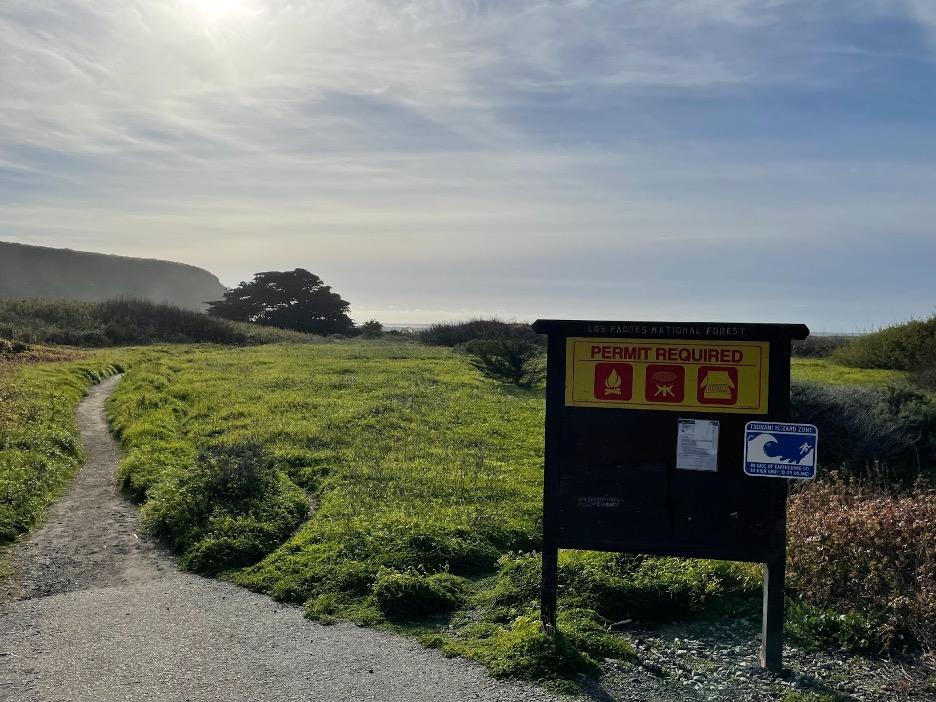
The proposed two-year ban on overnight camping and campfires at San Carpoforo would provide the time needed to integrate this popular beach into the Visitor Use Management (VUM) plan, a framework adapted by six federal agencies with the vision of optimizing visitor experiences while protecting wildlife in natural areas.
According to the USDA Forest Service, although temporary orders may be put in place to restrict access, the main goal of the ban is to improve access while protecting the environment.
“One thing to consider is the VUM effort is a time for the public to voice their concerns and best practices,” Simmons said. “It’s not just a time for the forest service to implement whatever they’ve decided. It’s a partnership that we’re going to walk through.”
The goal of VUM is a partnership between stakeholders and federal agencies all working toward responsible stewardship of the land.
“There are commonly held ethics and the phrase that’s used is, ‘Leave No Trace,’” Simmons said. “The theory is that no one should know you were there. If you leave all your trash, your fire pit, and you leave wood that’s still burning in your fire pit, that’s not the idea.
“If you’re going to camp, do it responsibly,” Simmons continued. “In a perfect world I should walk the beach with my staff and we should say, ‘No one’s been here.’ We shouldn’t see a set of footprints.”
With the situation at San Carpoforo as an example, visitors to the outdoors can apply the ethical conduct of “Leave No Trace” wherever their footsteps might go.


